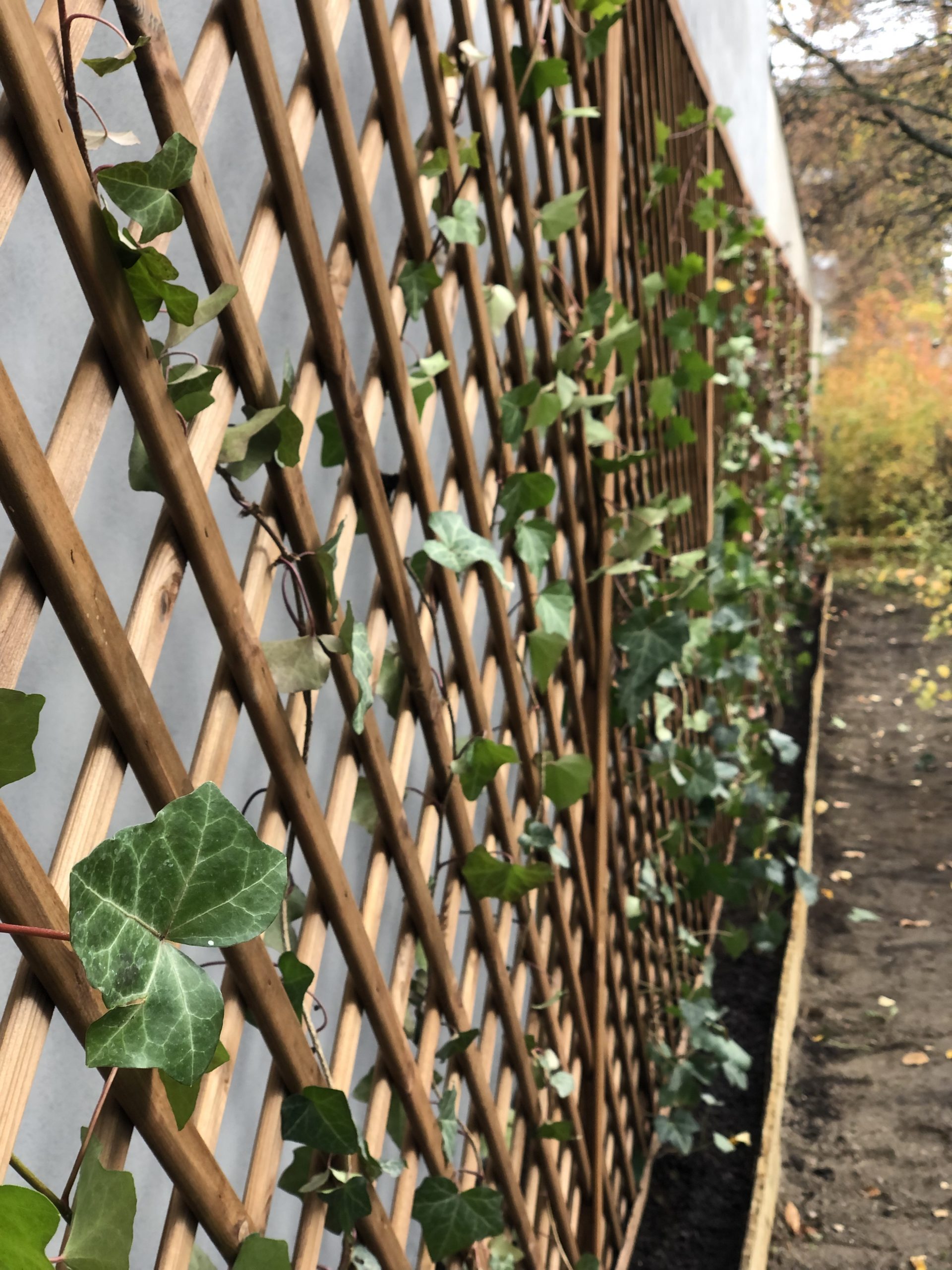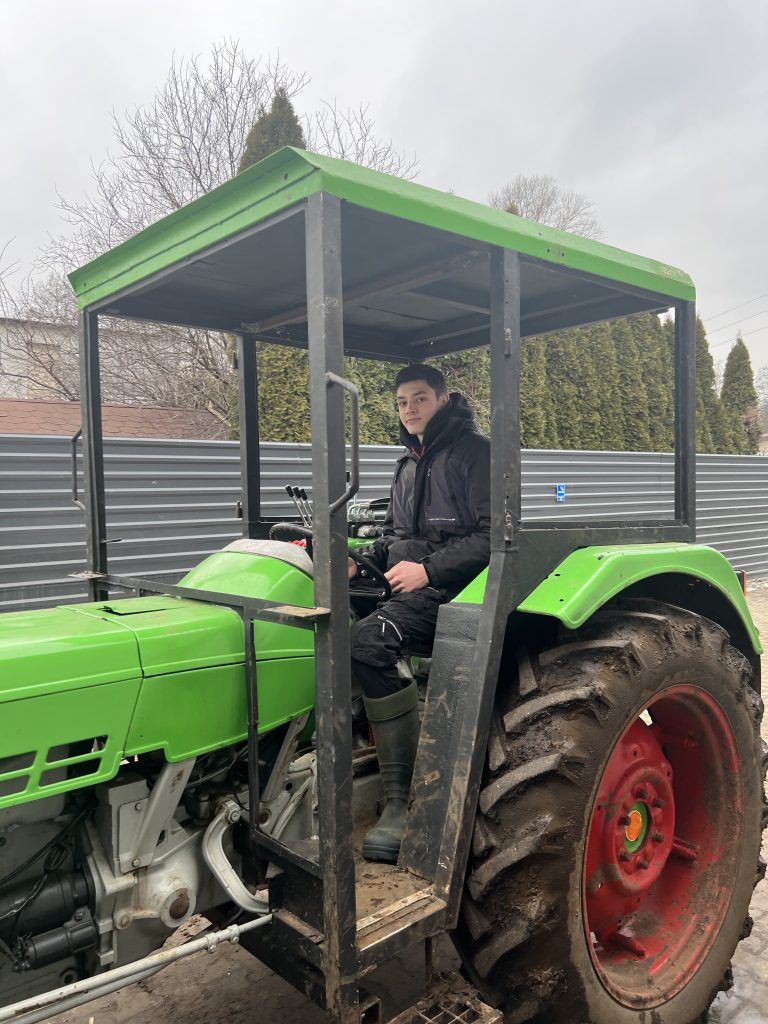Green Wall
We believe in the power of children’s joy of discovering, experimenting, and persuading others to their goals, which is why we operate according to the principle that what the shell soaks in youth smacks of in old age.
By implementing projects aimed at the youngest, we show how (even in a small area) to develop space harmonized with nature. We focus on places that will have a positive impact on the climate, teach how to care for vegetation, and allow you to watch nature and taste it. Thanks to such projects, we enable the youngest but also the older ones (guardians, teachers, parents) to be agents of change, now and in the future.















See us on Facebook
Problem displaying Facebook posts.
Click to show error